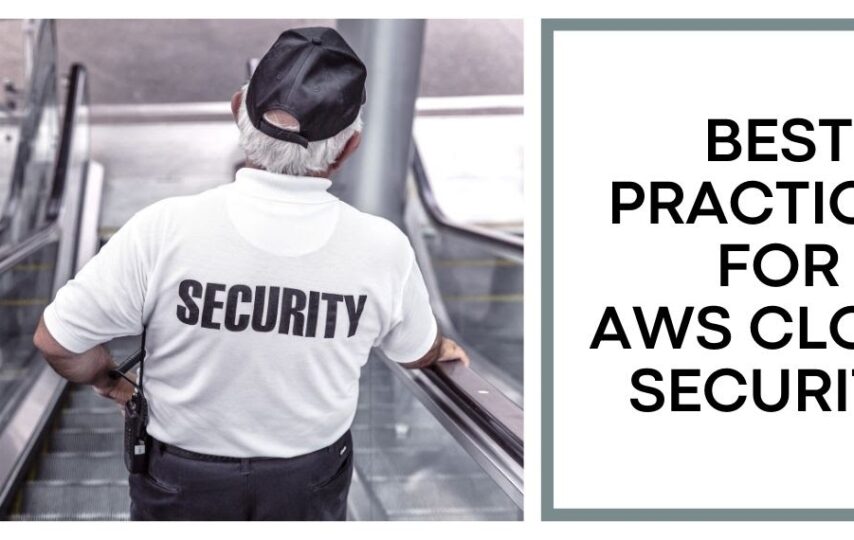Amazon Web Services or AWS is one of the most popular and leading cloud service providers in the world. Thousands of organizations and businesses are now either using or migrating towards AWS because of the features and security features it provides. AWS offers a completely secure infrastructure for the clients to store their crucial data and share it on the internet. For those preparing for roles in cloud computing, familiarizing yourself with common AWS Interview Questions can be highly beneficial. These questions often cover topics such as AWS services, architecture best practices, security measures, and cost optimization. Being well-prepared for these questions can help you demonstrate your expertise effectively and increase your chances of success in job interviews.
People are looking for gaming phones nowadays. Mainly they focus on battery and processor. Minecraft servers help the players to choose the perfect server according to their mobile phone.
While features like Virtual Private Clouds(VPC), Data encryption, Direct connectors, Schema management, and Distributed computing, are sure-shot responsibility of AWS, data security is a joint effort between the service providers and the clients. Huge volumes of data and resources are added to AWS servers every day, which may increase the vulnerabilities or even disrupt the infrastructure. However, Although, it’s the responsibility of AWS to make your data is safe and secure, as a client, you should also take some measures to improve the security of your data.
So, let’s discuss AWS in brief and best practices to improve your data security while using the cloud infrastructure.
What is AWS?
AWS is a widely used cloud infrastructure that offers cloud capabilities to various businesses and organizations. With interconnected servers, enterprises can build cloud solutions, store data, deliver content to remote locations, computations, and other operations to make their business globally competitive. Also, it’s cheaper compared to the traditional On-premises infrastructure.
AWS follows a pay-per-use model which makes it more viable to small businesses and they configure the infrastructure as per their requirements. Also, clients can deploy different web applications and test different software using techniques such as virtualization, Kubernetes, and containers. In addition, it features managed databases including SQL Server, Oracle, Hadoop, and more.
It requires an ample amount of skills to become a successful AWS cloud professional. However, you can learn them with AWS training and certification as well as master the correct way to secure and manage your AWS cloud infrastructure. Now, let’s move forward and go through the 10 best practices that you can implement to make your AWS Cloud more secure.
10 Best Practices for AWS Cloud Security
- Evaluate your strategy against the tools and software available
There’s a lot of confusion among IT professionals about whether you should create the security strategy first or evaluate the tools and software. However, the general consensus about the issue says that you should design your first so that you can evaluate the performance id your tools and resources. Also, If your strategy is rock-solid, you can easily scale up the resources and add new tools on AWS.
- Apply security on every layer
Having only a firewall to protect your infrastructure is never a good idea, you should rather make sure that security is applied on all the layers. You can increase the security on AWS workplace by adding virtual firewalls and creating virtual networks that not only monitor the traffic but also prevent the resources from running out.
- Use native Cloud Security Resources
With native tools like AmazonFront, Cloud Watch, AWS shield, and Guard Duty, you can secure your AWS clo9ud environment and protect other software and web applications from external threats. AWS compliance frameworks like ISO/IEC27000 and Amazon Machine Images(AMIs) ensure that your transactions and web applications are legal and satisfy all the safety requirements.
- Monitor user access for your Database and other Resources
As a manager or database administrator, you should monitor the user access and keep a log of it. If any application in your AWS Server uses external resources, then you should provide the access control only after the user has moved to the cloud. Moreover, data validation and encryption will enhance your security and data confidentiality.
- Create complex passwords or use password generators
It’s an old saying “Never keep all your mangoes in a single bucket” and the same applies to your passwords. A password policy will mitigate the risk of your sensitive datasets and accounts being compromised by an attacker. You can also use password generators to create complex passwords so that an attacker can’t find your password using the Bruteforce approach.
- Encrypt sensitive information and top-secret files
Information in cloud services goes a long way through different servers and devices. Therefore, it’s important to protect sensitive information and encrypt it at every stage. AWS features several encryption techniques such as Amazon Secure Socket layer(SSL), Secure Secure Encryption(SSE), S3 server-side encryption, 256-bit encryption, and Amazon Elastic Block Store(EBS), which are readily used for encryption.
- Take backups of your data on regular bases
Based on the IT infrastructure and strategies, an organization must take regular backups of its data and save it for future use. In AWS, taking regular backups is an automated task, so that you don’t have to perform all the operations again and again. By integrating Amazon tools like Elastic File System(EFS), Relational Database Service(RDS), AWS Storage Gateway, and DyanamoDB you can take regular backups of key data sources, files, and databases.
- Use Amazon’s EBS encryption
As discussed earlier, encryption is one of the best ways to make sure your data is protected against external threats and attackers. Amazon’s Elastic Block Store(EBS) encryption is a simple encryption technique that can be used for building, maintaining, and securing your AWS infrastructure. You can also use the key management infrastructure to generate access keys and maintain a secure access control for sensitive resources.
- Do periodic inspections and report vulnerabilities
With an increasing number of cloud infrastructures and users around the world, the threat of cyberattacks is also rising. Adding new functionalities and resources to your cloud infrastructure might trigger a vulnerability that might become a threat if exposed to the attackers. Therefore, it’s important to constantly access the vulnerabilities and report the activities that look suspicious.
- Implement strict protocol and network security policies
AWS Cloud security alone is not sufficient to get the level of security you need for your infrastructure. AWS security tools can secure your data and resources from external threats and malware attacks on the infrastructure, but they can’t save your data from internal breaching or illegal access. It’s recommended to create security protocols and integrate shared responsibility models, client-side and server-side encryption, etc, for better security.
Conclusion
Shifting and growing your infrastructure on Amazon Web services doesn’t require much effort. However, maintaining and growing your infrastructure needs constant assessment and evaluation of comprehensive security measures and policies. Implementing such practices in your AWS environment will make it more secure and responsive to external threats.



